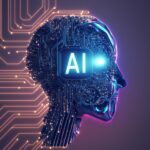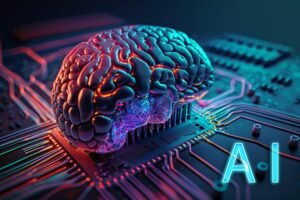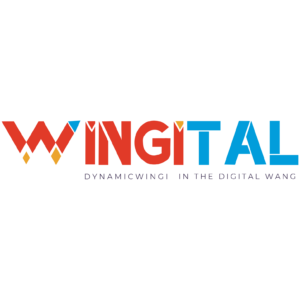Unraveling the Evolution of Artificial Intelligence: A Comprehensive Guide to its Progress and Implications
Introduction
Artificial Intelligence (AI), once the stuff of science fiction, has now permeated every facet of our lives. From voice-activated assistants to personalized recommendations on e-commerce sites, AI has become an indispensable part of our digital landscape. This article aims to explore the fascinating journey of AI evolution, its profound implications, and forecast its future prospects.
The Birth and Evolution of AI
The concept of artificial intelligence dates back to the ancient world, but the modern field of AI came into existence in the mid-20th century. Over the decades, AI has evolved from rudimentary machine learning algorithms to complex neural networks capable of mimicking human thought processes.
First Wave: Rule-Based Systems
The genesis of AI in the 1950s and 60s revolved around rule-based systems. These early AI systems were programmed with specific rules and could solve problems only within their pre-defined parameters.
Second Wave: Machine Learning
In the 1980s, AI took a leap forward with the advent of machine learning. Instead of following pre-set rules, AI systems were now capable of learning from data and improving their performance over time.
Third Wave: Artificial General Intelligence
We are currently in the third wave of AI, marked by the pursuit of Artificial General Intelligence. The goal here is to create AI systems as capable as humans in any intellectual tasks.
Implications of AI Evolution
The implications of AI’s evolution are profound and far-reaching. From healthcare to education, AI’s potential to revolutionize industries and society is immense.
| Field | Implications |
|---|---|
| Healthcare | Improved diagnostics, personalized medicine, and efficient patient care. |
| Education | Personalized learning, virtual classrooms, and intelligent tutoring. |
| Business | Automated decision making, increased efficiency, and improved customer experience. |
The Future of AI
As AI continues to evolve, we are likely to witness more transformative changes in the way we live and work. While AI’s potential benefits are vast, there are also legitimate concerns about job displacement, privacy, and ethical considerations that warrant thoughtful discussion and regulation.
Conclusion
The journey of AI evolution is a remarkable testament to human ingenuity and technological progress. As we stand on the threshold of an AI-driven future, it’s crucial to navigate this path with care, ensuring that AI serves as a tool for enhancing human well-being and not a means of displacement or misuse.





